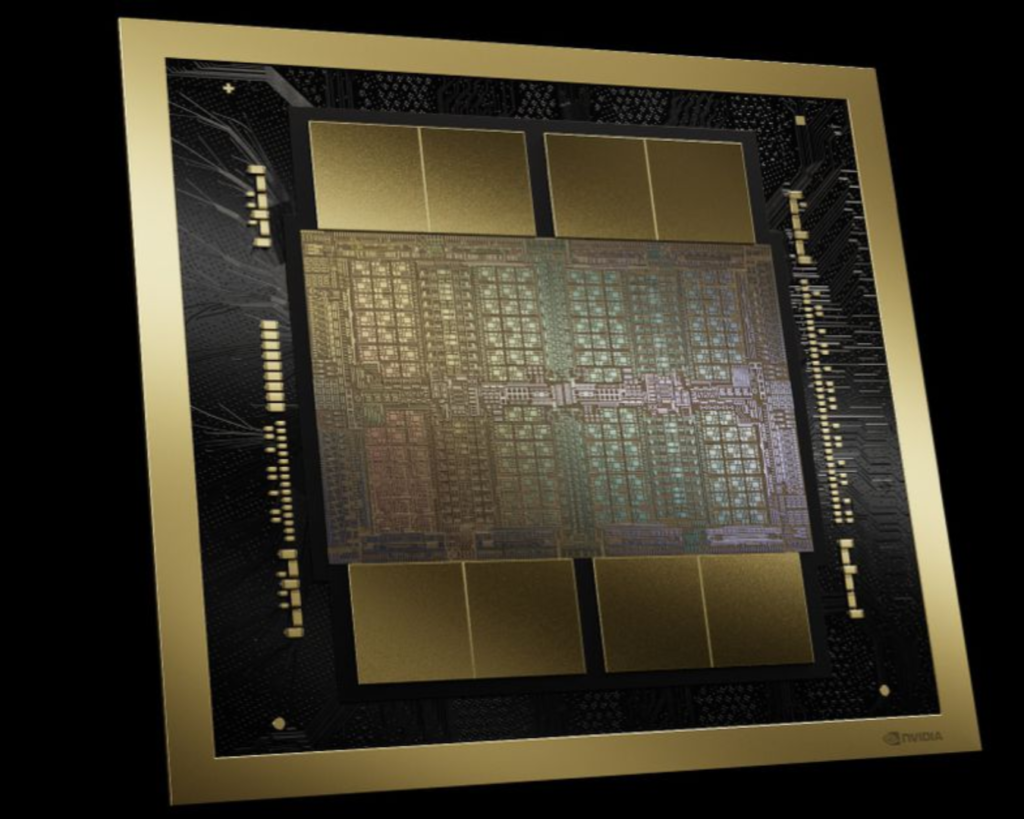As we enter the second half of 2025, one of the most asked questions among gamers, developers, and AI professionals is: what is the difference between NVIDIA Blackwell and Rubin? With NVIDIA pushing the boundaries of GPU architecture yet again, both Blackwell and Rubin represent the future of graphics and AI processing—but they serve different purposes and offer different advantages. If you’re planning to upgrade your system or invest in a high-performance workstation, understanding the difference between NVIDIA Blackwell and Rubin is critical.
The difference between NVIDIA Blackwell and Rubin goes beyond just raw performance. It touches on architecture, AI capabilities, thermal design, and intended use cases. While Blackwell powers the RTX 50-series GPUs that are dominating the gaming and creative industries right now, Rubin is NVIDIA’s next-gen platform geared towards enterprise AI, large-scale data centers, and potentially the future RTX 6000 lineup. So whether you’re a hardcore gamer chasing ultra-realistic graphics or a data scientist training large AI models, knowing the difference between NVIDIA Blackwell and Rubin will help you future-proof your technology decisions.
In this article, we’ll break down the architectural advancements, performance benchmarks, and long-term potential that highlight the real difference between NVIDIA Blackwell and Rubin—so you can choose wisely in 2025.
Introduction to NVIDIA Blackwell and Rubin
Before diving into the difference between NVIDIA Blackwell and Rubin, let’s look at what each architecture represents.
- NVIDIA Blackwell is the successor to Hopper and serves as the backbone of the RTX 5000 GPU series. Launched in 2024 and widely adopted by 2025, Blackwell powers everything from desktop GPUs to data center accelerators. It’s designed for high-end gaming, AI inference, and enterprise-level workloads.
- NVIDIA Rubin, announced in 2025, is the next architectural leap following Blackwell. While details are still emerging, Rubin is expected to be the foundation for the RTX 6000 series and future enterprise-grade AI systems. It’s built with next-gen performance-per-watt, refined AI tensor capabilities, and potentially chiplet-based design improvements.
Knowing the difference between NVIDIA Blackwell and Rubin helps buyers decide when to upgrade and how each architecture aligns with performance needs.
1. GPU Architecture: Core Design and Efficiency
One key difference between NVIDIA Blackwell and Rubin is the underlying architecture and silicon design.
- Blackwell: Uses a monolithic or partially modular design with a refined 4nm process. It introduces dual-decoder tensor cores and improved CUDA core performance, offering massive gains in ray tracing and AI inference speed compared to Hopper.
- Rubin: Expected to adopt a full chiplet-based design. This allows Rubin GPUs to scale better, reduce power consumption, and support higher memory bandwidth with multiple dies working in tandem. Rubin’s architecture will likely include updated Tensor Cores and Ray Tracing Cores, specifically optimized for large-scale AI and simulation workloads.
This architectural leap is the foundation of the difference between NVIDIA Blackwell and Rubin when it comes to raw computational efficiency and scalability.
2. AI Capabilities and Tensor Core Improvements
Another major difference between NVIDIA Blackwell and Rubin is how they handle AI processing. Both architectures focus heavily on machine learning and AI inference, but Rubin is designed to take it a step further.
- Blackwell supports 8-bit floating point (FP8) precision and features dual TF32 tensor engines, offering strong AI capabilities in real-time applications like DLSS 4.0 and generative AI tools.
- Rubin, on the other hand, is expected to integrate 4-bit FP support and refined transformer acceleration, aiming to dominate the generative AI space, LLM (Large Language Model) training, and edge AI deployments.
If you’re focused on AI development or training large models, the difference between NVIDIA Blackwell and Rubin could significantly impact your workflow.
3. Performance and Use Case Optimization
Let’s talk real-world performance—the difference between NVIDIA Blackwell and Rubin also shows up in their target use cases.
- NVIDIA Blackwell GPUs like the RTX 5090 are tailored for high-end gaming, 4K rendering, VR, and creative workloads such as video editing and 3D design.
- NVIDIA Rubin GPUs are being designed primarily for data centers, autonomous systems, and AI-heavy applications. While Rubin will eventually power consumer-grade GPUs, the initial focus is on enterprise workloads.
For gamers and creators, Blackwell currently offers the best performance per dollar. For AI developers and researchers, Rubin’s release may offer more advanced acceleration.
4. Power Efficiency and Thermal Design
When it comes to power consumption and thermals, the difference between NVIDIA Blackwell and Rubin is expected to be substantial.
- Blackwell improved efficiency over Hopper, but still requires robust cooling in flagship GPUs like the RTX 5090.
- Rubin is projected to use a more advanced 3nm or 4nm node with improved chiplet distribution, lowering power draw and heat output significantly—especially under AI workloads.
This makes Rubin more suitable for compact server builds and multi-GPU environments.
5. Longevity and Future-Proofing
For anyone wondering what is the difference between NVIDIA Blackwell and Rubin in terms of future investment, consider this:
- Blackwell is ideal for immediate use in 2025, with full software support, driver optimization, and broad compatibility.
- Rubin, though future-facing, will likely take a year or more to mature in consumer-level adoption. Enterprise markets will benefit first.
So, if you’re upgrading in 2025, Blackwell is your best bet for now—but if you can wait, Rubin may redefine the next generation of computing.
Final Thoughts: What Is the Difference Between NVIDIA Blackwell and Rubin?
To summarize, the difference between NVIDIA Blackwell and Rubin represents a pivotal evolution in GPU architecture—one focused on enhancing today’s real-time gaming and content creation, and the other pushing the limits of tomorrow’s AI and data-intensive workloads.
NVIDIA Blackwell is currently the dominant force behind high-performance gaming PCs, delivering top-tier ray tracing, DLSS 4.0, and AI-enhanced features for creators and competitive gamers. If you’re building or upgrading your system in 2025 and want cutting-edge performance now, Blackwell-powered GPUs like the RTX 5090 are your best bet.
On the other hand, NVIDIA Rubin is a bold step toward the future. With next-gen chiplet design, more advanced AI tensor capabilities, and enhanced power efficiency, Rubin is designed for data centers, enterprise-level AI training, and possibly the next wave of high-end GPUs in the RTX 6000 series.
So, when considering the difference between NVIDIA Blackwell and Rubin, ask yourself: Do you need performance today, or are you preparing for the computing challenges of tomorrow?
For more expert GPU comparisons, performance reviews, and next-gen tech insights, visit GadgetSyte.com—your trusted guide to future-ready hardware in 2025 and beyond.







